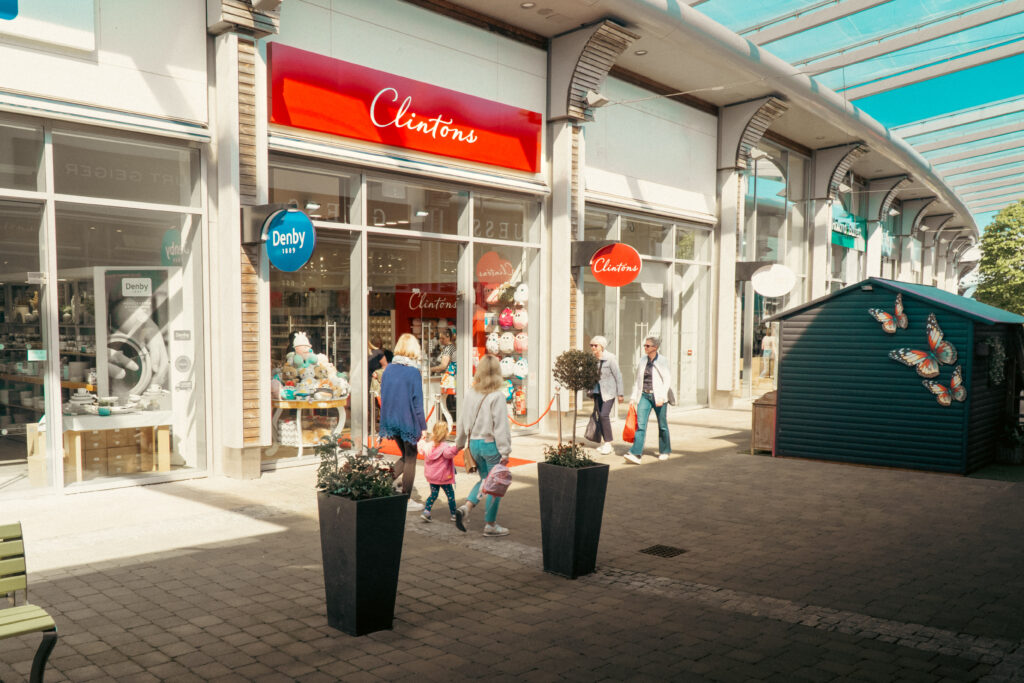Retail spend is set to rise 26 per cent on current levels to £377 billion by 2022 as discretionary income begins to rise and a new “considered consumer” emerges, according to a report released today.
Retail sales are set to grow more rapidly in the coming decade as the number of older shoppers increases and a new era of buying behaviour begins, a new report called The Reshaping of Retail by retail property company Hammerson reveals.
Working with leading retail analyst firm Conlumino, Hammerson found that, although discretionary spend has reduced during the recession, it is set to “modestly” rise again thanks to future wage increases bringing relief to household budgets, helping stimulate annual average retail spend growth.
David Atkins, Hammerson CEO, explained that economic concerns are spurring technological change and affecting the way people shop.
He said: “The retail environment is changing more quickly than ever.
“The digital revolution is having a profound effect on the way people shop, and how retailers operate. We‘re entering a new era of buying behaviour and one of the Considered Consumer.
“This is a change in mindset to the pre-recessionary times.
“Online, and particularly the use of mobile devices, will play an ever more important role as part of the multichannel mix and help improve the shopping experience.”
Multichannel operations are creating multi-tasking consumers and by next year, it is expected that 69 per cent of consumers will use an average of three or more channels during the purchasing process, while the report predicts that m-commerce will become a direct sales channel in its own right in the years ahead.
Mobile retail currently accounts for £2.9 billion of direct and indirect spending though, by 2020, Hammerson forecasts this figure will rise a staggering 1758 per cent to £53.9 billion of direct and indirect sales, just over a quarter of all retail sales.
While a focus on the evolution of the digital space is necessary to drive growth, the report also notes that retailers need to concentrate on in-store trading and the performance of their physical units.
Predicting a decline in store numbers of 10.3 per cent between 2010 and 2020, Hammerson added that in-town locations may see a decrease of 31 per cent.
The report said that store expansion is to become more flexible as traditional high street retailers seek stores in out-of-town retail parks.
“Retailers need to ensure that all stores are trading well,” the report stated.
“This means moving away from a ‘one size fits all‘ store portfolio to ensure local and tailored demographic demand is met.
“The importance of each store in heightening brand awareness will rise markedly. It will become imperative that stores command strong experiential attributes, showcasing a retailers‘ full product offer.
“Tailoring propositions in line with the rise of mobile is as important now as it was for online investment a decade ago.”
Atkins agrees that only those with a clearly differentiated offer will survive in the age of ‘Considered Consumption‘ and retailers must showcase their products and make multichannel shopping as seamless as possible.
He concluded: “As ever, in the cut-throat UK retail market, there will be winners and losers.
“But for those in the retail market who continue to meet and anticipate customer needs, there will be exciting opportunities ahead.”

















